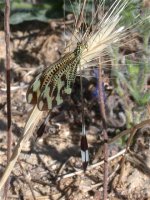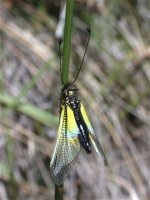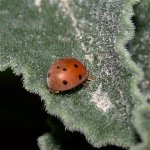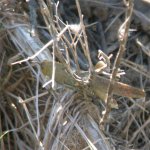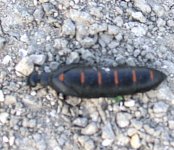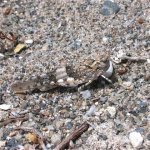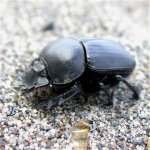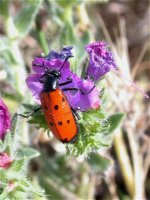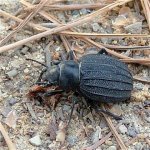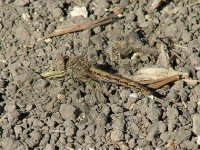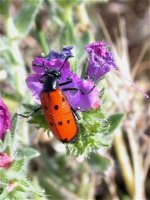Brian Stone
A Stone chatting
Taken recently in southern Spain.
A couple of Ant-lion/Lacewing relatives:
Nemoptera sinuata (amazing large insect with hugely elongated hindwings)
Libelloides coccajus (a fast flying ascalaphid)
Epilachna chrysomelina (Twelve-spotted Melon Beetle?)
A very large orthopteran: either Migratory Locust or Egyptian Grasshopper I think.
Another large insect - perhaps some sort of rove beetle
thanks for any assistance with the IDs.
A couple of Ant-lion/Lacewing relatives:
Nemoptera sinuata (amazing large insect with hugely elongated hindwings)
Libelloides coccajus (a fast flying ascalaphid)
Epilachna chrysomelina (Twelve-spotted Melon Beetle?)
A very large orthopteran: either Migratory Locust or Egyptian Grasshopper I think.
Another large insect - perhaps some sort of rove beetle
thanks for any assistance with the IDs.




